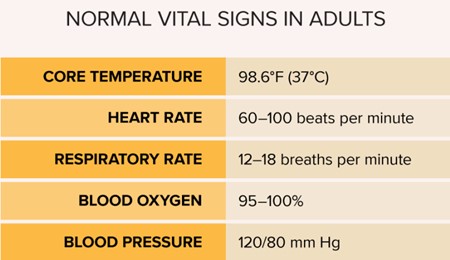The practical nurse (PN) palpates a client's radial pulse and notes that the pulse disappears when light pressure is applied.
How should the PN document this finding?
Thready pulse volume
Missing pulse.
Light pressure applied to pulse
Pulse skips beats
The Correct Answer is A
A thready pulse is a weak and rapid pulse that is easily obliterated by light pressure. It indicates poor blood flow and perfusion, and may be caused by conditions such as shock, dehydration, or hemorrhage.
The other options are not correct because:
- A missing pulse is a pulse that is absent or cannot be detected, even with firm pressure. It indicates a complete blockage of blood flow, and may be caused by conditions such as arterial occlusion, embolism, or trauma.
- Light pressure applied to pulse is not a documentation of the pulse quality, but a description of the technique used to palpate the pulse.
- Pulse skips beats is a documentation of an irregular pulse rhythm, not a pulse volume. It indicates that the heart beats are unevenly spaced, and may be caused by conditions such as arrhythmia, stress, or caffeine intake.
Nursing Test Bank
Naxlex Comprehensive Predictor Exams
Related Questions
Correct Answer is ["0.6"]
Explanation
Step 1: The medication is prescribed as 30 mg every 12 hours, which means it is given twice a day. So, the total daily dosage in mg is 30 mg × 2 = 60 mg.
Step 2: The medication is available in 30 mg per 0.3 mL. So, to find out how many mL correspond to 60 mg, we set up a proportion: (30 mg / 0.3 mL) = (60 mg / x mL). Solving for x gives x = (0.3 mL / 30 mg) × 60 mg = 0.6 mL.
Therefore, the practical nurse should administer 0.6 mL of the medication each day.
Correct Answer is A
Explanation
This is the most important follow-up assessment for the PN to implement because it can detect signs of bleeding, infection, or shock that may result from the unsecured surgical dressing. The PN should monitor the client's blood pressure, pulse, temperature, and respiratory rate and report any abnormal changes.

B. Fluid volume intake and output is not the most important follow-up assessment for this client and may not reflect the current status of the client's fluid balance or blood loss.
C. Volume of peripheral pulses is not the most important follow-up assessment for this client and may not be affected by the unsecured surgical dressing unless it is located on a limb or near a major artery.
D. Incisional pain scale rating is not the most important follow-up assessment for this client and may not indicate the severity or cause of the client's pain.
Whether you are a student looking to ace your exams or a practicing nurse seeking to enhance your expertise , our nursing education contents will empower you with the confidence and competence to make a difference in the lives of patients and become a respected leader in the healthcare field.
Visit Naxlex, invest in your future and unlock endless possibilities with our unparalleled nursing education contents today
Report Wrong Answer on the Current Question
Do you disagree with the answer? If yes, what is your expected answer? Explain.
Kindly be descriptive with the issue you are facing.
